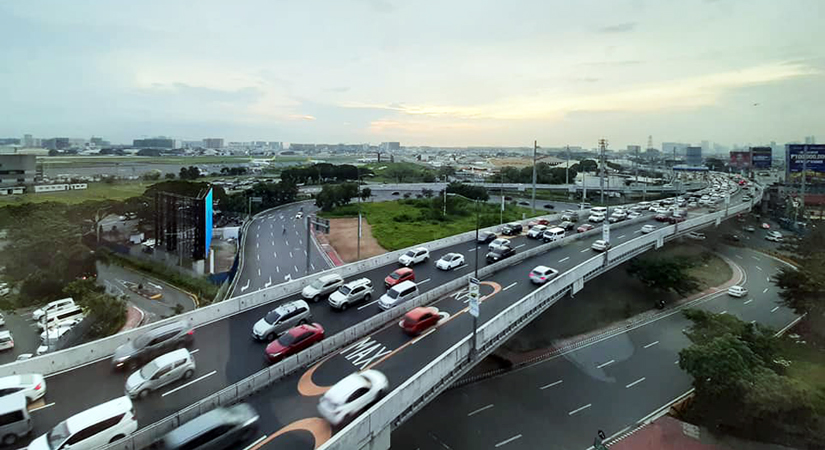How big data may help solve Metro Manila’s traffic problem
By Arra B. Francia
WITH mounting woes from commuters every single day, the government is now up and about in finding ways to solve traffic in Metro Manila. World-renowned architect Jason Pomeroy suggests one solution for this — big data analytics.
Mr. Pomeroy in an email interview said that setting up a digital command center can improve the efficiency and productivity of cities, especially in terms of easing traffic congestion and facilitating information flow on natural disasters.
He cited the case of the Indonesian city of Bandung where pollution, traffic congestion, and overcrowding are similar to what is happening in the Philippine capital.
“The city officials in Bandung provided a ‘digital conduit’ to the social media exchanges amongst the city’s population into one central command center. The filtered information allowed the municipality to identify and announce the occurrence of floods, pollution, traffic jams or other city related woes, and deploy resources efficiently to deal with such issues,” Mr. Pomeroy explained.

Big data analytics could help bring a solution to Metro Manila’s traffic problem, according to architect Jason Pomeroy. — CATHY ROSE A. GARCIA
This way, citizens will also feel more engaged in finding solutions to free up the city’s roads.
In addition to a command center, Metro Manila could benefit from giving back the streets to the people, just like what city officials in Barcelona did.
“City officials in Barcelona reclaimed the streets for its people by creating ‘Superblocks’ that were pedestrianised and thus free from the congestion and pollution of cars. Such spaces were turned over to residents to create mixed-used public places for social interaction,” Mr. Pomeroy said.
The architect, who is known to promote sustainability features in his designs, also said the metro can do well to create more communities near the harbor of Manila Bay through what he calls a “Pod Off Grid.” This is a low-energy waterborne community prototype that looks to provide an alternative to the widespread urbanization of major cities around the world.
“If we can facilitate the creation of communities near the harbor of Manila Bay, we will be reducing the pressure on the land in the city area to a huge extent. If we transfer some communities to living on the water and create floating communities, we will be reducing congestion on the land and ease off the pressure in a myriad of ways,” Mr. Pomeroy said.
For these changes to happen, Mr. Pomeroy said that civil society, the academe, government, and the private business sector should work together as soon as possible.
“Academia needs to come together to test those ideas and thoughts through an evidence-based approach to justify ‘the proof of concept.’ Corporations can build upon such research — born out of the people’s needs, and then seek to implement through a government ratified process.”
Source: Business World

